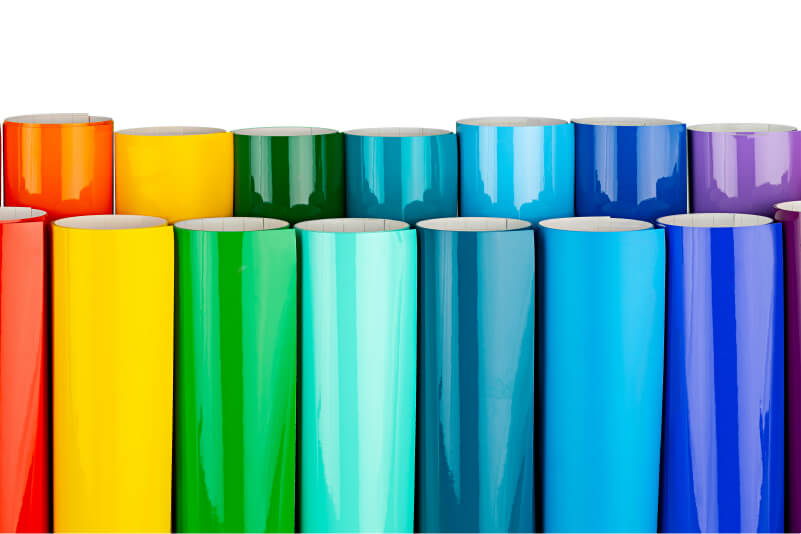In a world where information, entertainment and technology are never much further away than your pocket, many businesses are using print to complement our screen-dominated world.
Historically, print media has been our primary source of information. Libraries are stacked with pages of the world’s shared knowledge. Newspapers have been distributing stories since 'The Relation' was first published in Germany in 1604.
But from wood or ceramic in the early days of print to the incredibly diverse substrates of today, print media provides a tangible connection with the customer that looking at a screen can’t reproduce.
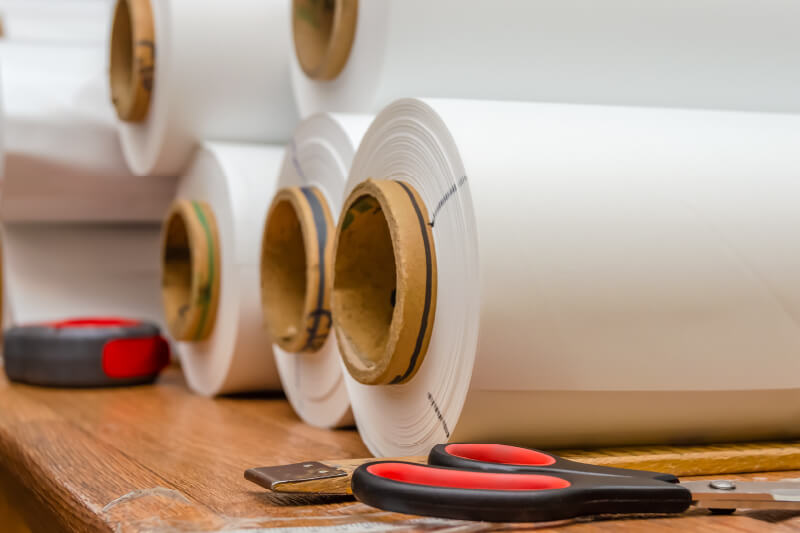
What Do We Mean by Print Media?
Broadly speaking, print media is the base material you print on for the purpose of communication, such as plastic film, glass, paper, or textile.
In this article, we will be talking about the different types of media and the features and benefits of each one. Due to the number of substrates compatible with Roland printers, the list won’t be exhaustive and, in general, the focus will be on media that can be fed through a print and cut machine.
Types of Print Media
Your print media, or substrate, is your canvas - your means of showing the world what you offer. However creative you can be, there’s a media that can showcase it.
You’ve taken the plunge into starting a printing business and are ready to share your vision (and products) with your customer. Your designs are quirky, fun and show lots of personality, so what is the best way to finish them, ready to display and sell?
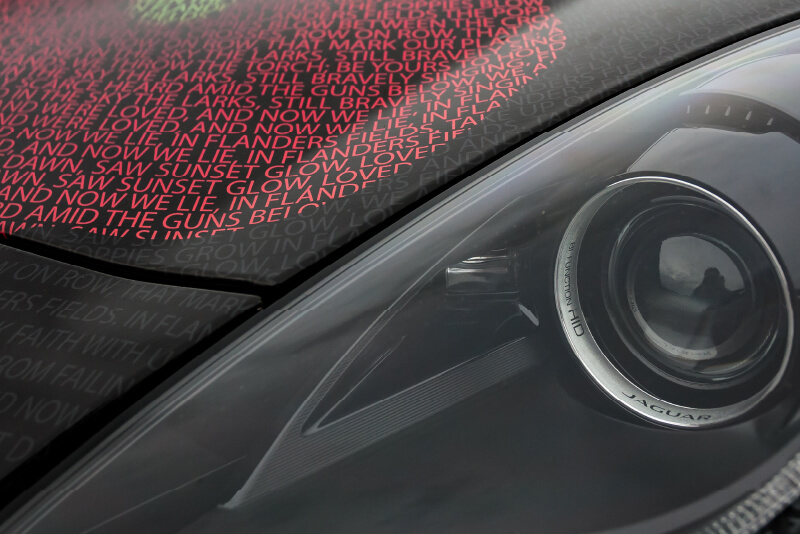
Vinyl and Film
There is massive potential for printed vinyl and film, with a myriad of options available for whatever your need. With varying levels of opacity, colour, backing, adhesiveness, strength and durability, choosing the correct media for your vinyl printer can be a daunting task, so read on to help you with your decision.
Calendered Vinyl
Calendered vinyl is a short-term or economy PVC best used on flat surfaces. To make vinyl suitable for bending, flexing and moulding, it requires a plasticiser, a substance that reduces brittleness and allows it to be more flexible. Calendered vinyl is produced in two forms:- Monomeric Vinyl
An economic, ink-receptive PVC for use on flat surfaces such as window graphics, sticker printing or sign printing. Produced with an adhesive backing and available in white or clear matte or gloss, they are compatible with eco-solvent or UV printers. - Polymeric Vinyl
A moderately priced vinyl for internal and external uses, including surfaces with slight curves. The more complex plasticiser process provides more stability, so polymeric vinyl is less prone to shrinkage making it ideal for applications such as partial vehicle wraps.
Typically, calendered vinyl lasts between 2 and 6 years, depending on the quality of the plasticiser used during manufacture
Cast Vinyl
Cast vinyl is a premium product that is soft and incredibly flexible. With a lifespan between 8 and 10 years, it can be used for complex applications such as car vinyl wrap printing. While calendered vinyl can shrink when exposed to heat, cast vinyl will usually better retain its structure.
Backlit Film
Backlit film is specially formulated to diffuse light and can produce incredibly vivid images. UV or eco-solvent ink is printed directly onto translucent film, which is then mounted in a lightbox. The image is maximised for tone, saturation and luminosity and perfect for a variety of applications, such as signage printing or menu displays.
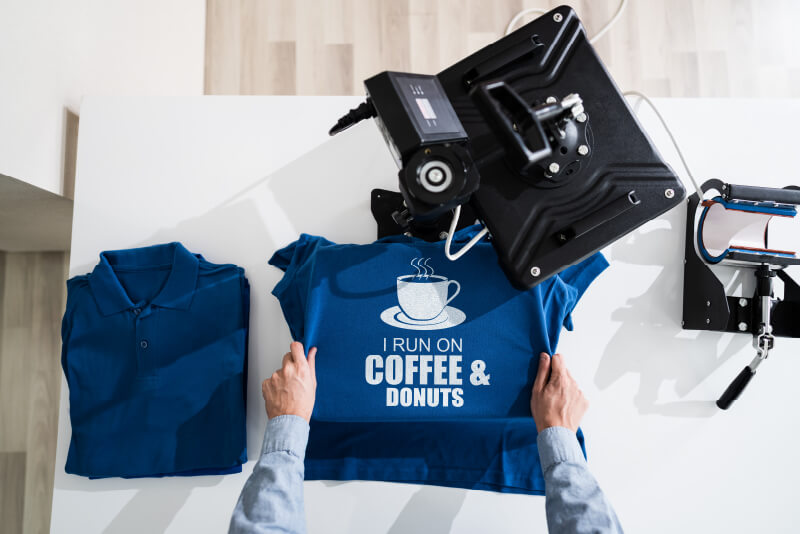
Heat Transfer
A heat-transfer vinyl can be printed using eco-solvent inks and transferred onto fabrics to create custom t-shirts and other garments. The vinyl allows for intricate patterns as it is easily cut and weeded. It is also available with several different finishes like flocked, glitter or elastic.
Other Types of Vinyl and Film
- Banner - strong, durable and versatile, can be used for indoor or outdoor printed banners and has multiple finishes like gloss or mesh
- Reflective (or photoluminescent ) - a fluorescent, glow-in-the-dark vinyl great for safety signage
- Metallic - a vinyl with a shiny, chrome-like appearance and can come in a variety of colours and finishes like brushed copper or rose gold
- Transparent - both clear and optically clear (used when total transparency is required) vinyl, especially useful for window graphics an often paired with white ink to improve the colour vibrancy
- Glitter - a glittery, sparkly vinyl for use on stickers and labels, t-shirts and apparel, and more
- Colour - can be cut into any shape and layered to create bold, durable, multicoloured graphics for wall graphics, vehicle graphics and custom t-shirts
- One way - used for window graphics that provide privacy and solar shading
- Frosted/etched - a frost-effect vinyl often used for glass manifestation in public building or for decorative window frosting
- Sandblast - resilient cuttable transfer for high-pressure sandblast onto stone, glass and other media
There are new innovations entering the print and cut vinyl market all the time, so check with your media supplier for a more complete list.
Advantages of Vinyl Printing
Vinyl printing offers an incredible amount of flexibility in the products you can create. From producing branded wall graphics, to wrapping vehicles, to printing designs on t-shirts, the options are only limited by imagination.
- Printed output can be laminated with a weather and waterproof, scratch-resistant and resilient film, letting you apply vinyl prints inside or outside and on different surfaces, like windows, walls or floors.
- Vinyl is very customisable. A print and cut solution lets you produce designs of all shapes and sizes with accuracy and intricate detail.
- A wide range of quality vinyl means that there’s something suitable for any need. If you need photo-quality promotional graphics with deep, vibrant colours or signage that won’t fade after a few weeks in direct sunlight, a bit of research can help you make the right choice.
- It doesn’t have to be expensive. The sheer variety of vinyl means that it can match any budget. Of course, premium vinyl will produce premium results, but for many of us, the economic products are perfectly suitable.
- It’s possible to apply vinyl to a broad range of 2D and 3D substrates, from window clings to full vehicle wraps and everything in between.
With applications as diverse as wrapping a racing car and the driver’s helmet, dressing a large exhibition display, applying anti-slip floor decals and installing revolving bus stop banners, vinyl’s flexibility means there are any number of products you can offer your customers.
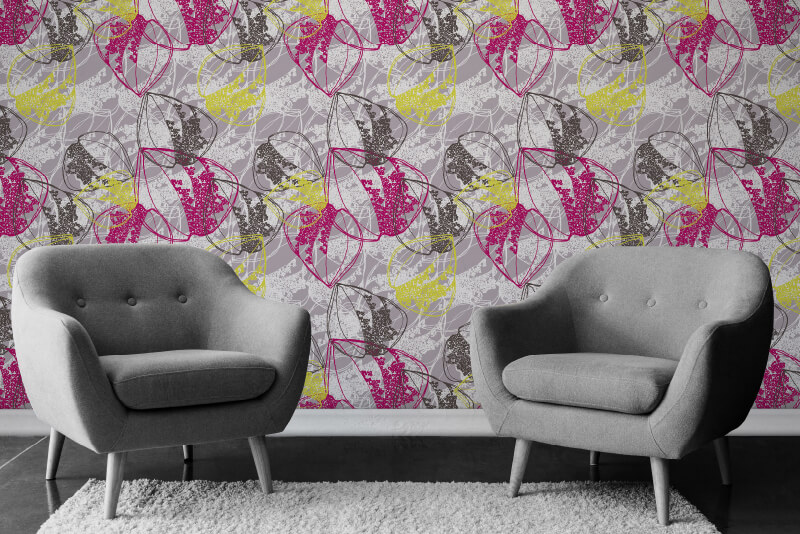
Paper
Traditional, tried and tested, and very versatile, paper has always been a popular choice with print professionals. From coated papers that provide excellent colour and definition, to more natural-looking uncoated papers that come in a variety of textures, the finish is essential in getting the best results.
- Coated paper
A coated finish makes the print pop, providing smoothness and great definition, as well as sharper and deeper colours. Choose from glossy, silk or matte finishes when you need your photographs or posters to really be seen. - Uncoated paper
It’s all about texture with uncoated papers, you get a natural look with a tactile feel that makes the finish perfect for something meant to be held, such as printed stationery or personalised wedding invites.
Matte Photographic Paper
Matte photo paper is a premium, heavyweight and versatile paper with a coating that absorbs, refracts and scatters light. The finish allows it to absorb more ink than a glossy paper, giving the image greater contrast, especially with darker colours and black and white images.
It is non-shiny with a slightly grainy texture, giving photos a more artistic look. And because matte paper absorbs more light, there is no glare, making it an obvious choice for showing off images in a well-lit environment.
Gloss Photographic Paper
A gloss photo paper has an additional layer added that allows it to reflect as much light as possible, making it more vibrant.
While less versatile than matte, a glossy finish creates an eye-catching image and the colours can really pop off the paper. Choosing a glossy finish over matte is largely a matter of personal preference, but it can often be the cheaper option.
A satin or lustre would be described as semi-gloss and absorbs more light.
Fine Art Paper
As the name suggests, fine art paper is of the highest quality and built to last. It is PH neutral and made using natural fibres like cotton that are soft, strong and flexible.
Artists or photographers wanting their work to stand the test of time will find that fine art paper is exactly what they are looking for. Similarly, stationery that requires an extra air of quality and a luxurious feel would suit fine art paper perfectly.
Blue Back Paper
This paper has a finish specially formulated for solvent inks. The blue backing gives it a 100% opacity so what’s behind it won’t show through. It is water and weather-resistant, as well as very durable against scratches and fade.
Its features make it ideal for billboards, posters, and banners.
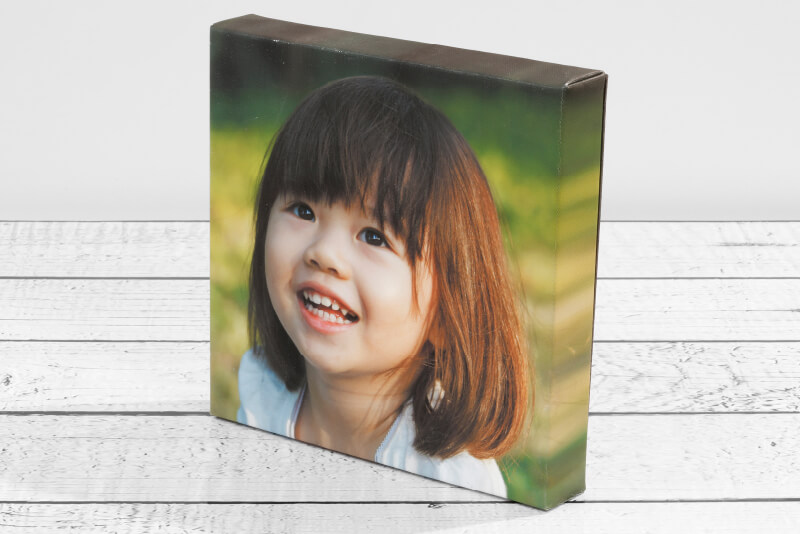
Canvas
Like most of the print media we’ve looked at, different types of canvas will better suit different projects.
- Matte canvas comes in different weights for different qualities and uses, but commonly prevents glare which makes it well suited for artistic displays or interior decorating. The texture also gives it a tactile feel that is scuff resistant and doesn’t peel or flake.
- Gloss satin canvas prevents creases, and its satin finish means it doesn’t need to be varnished.
Because canvas material is produced to suit a range of budgets, it’s popular for anything from high-end art displays to personalised canvas photos for the gift market.
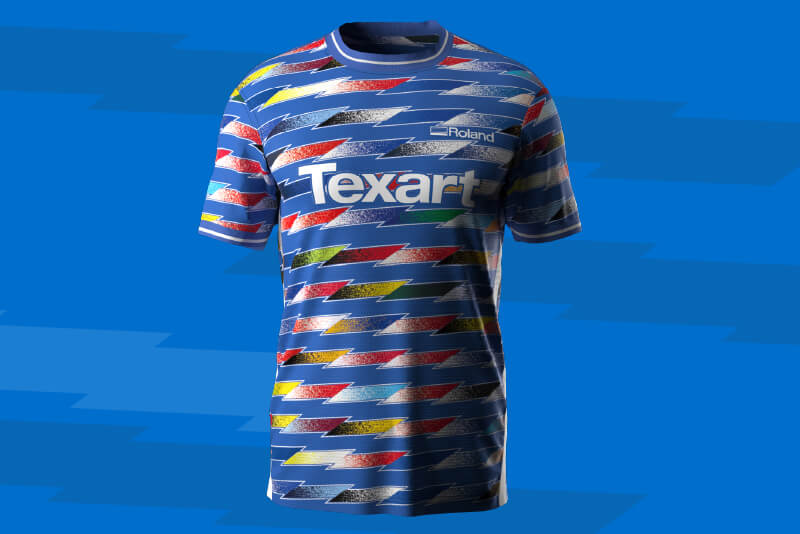
Textile
If there’s one printable material we see more than any other, it’s likely fabric. What we wear defines us; it shows what brands we associate with or what sports team we support. It can even give a glimpse into our personality.
Digital textile printing allows for specialised inkjet technology to print onto t-shirts and other garments or via fabric sheets with a removable paper backing. It differs from dyeing because it is more localised, produces images with higher definition and is more customisable.
Advantages of Digital Printing on Fabric
- Digital printing on fabric takes away the initial setup costs that traditional screen printing has, allowing flexibility to print once or many times with little to no variance in cost.
- All the colours within the CMYK gamut are available, making printing photos, patterns or more complex designs possible.
- Direct-to-garment printers let you apply the print directly to a pre-made clothing product, making it ideal for t-shirts, sweatshirts and tote-bags
- Dye-sublimation printing lets you print on the entire roll of fabric, so you aren’t limited to the shape of the fabric. This suits the production of bedding, curtains and other home décor, as well as sportswear and garments.
Which Print Media Do You Need?
The key to finding the right media is to research all the options available. Even if you know exactly what you want to print, you could discover a material that fits your needs even better than you had imagined, or you might even find inspiration for new creations based on the media you discover.
For more information, talk to your media distributor, shop around and try new things. You can also get in touch with an expert at Roland DG who can help you find the best print media for you, no matter how unusual or unique your needs are.

